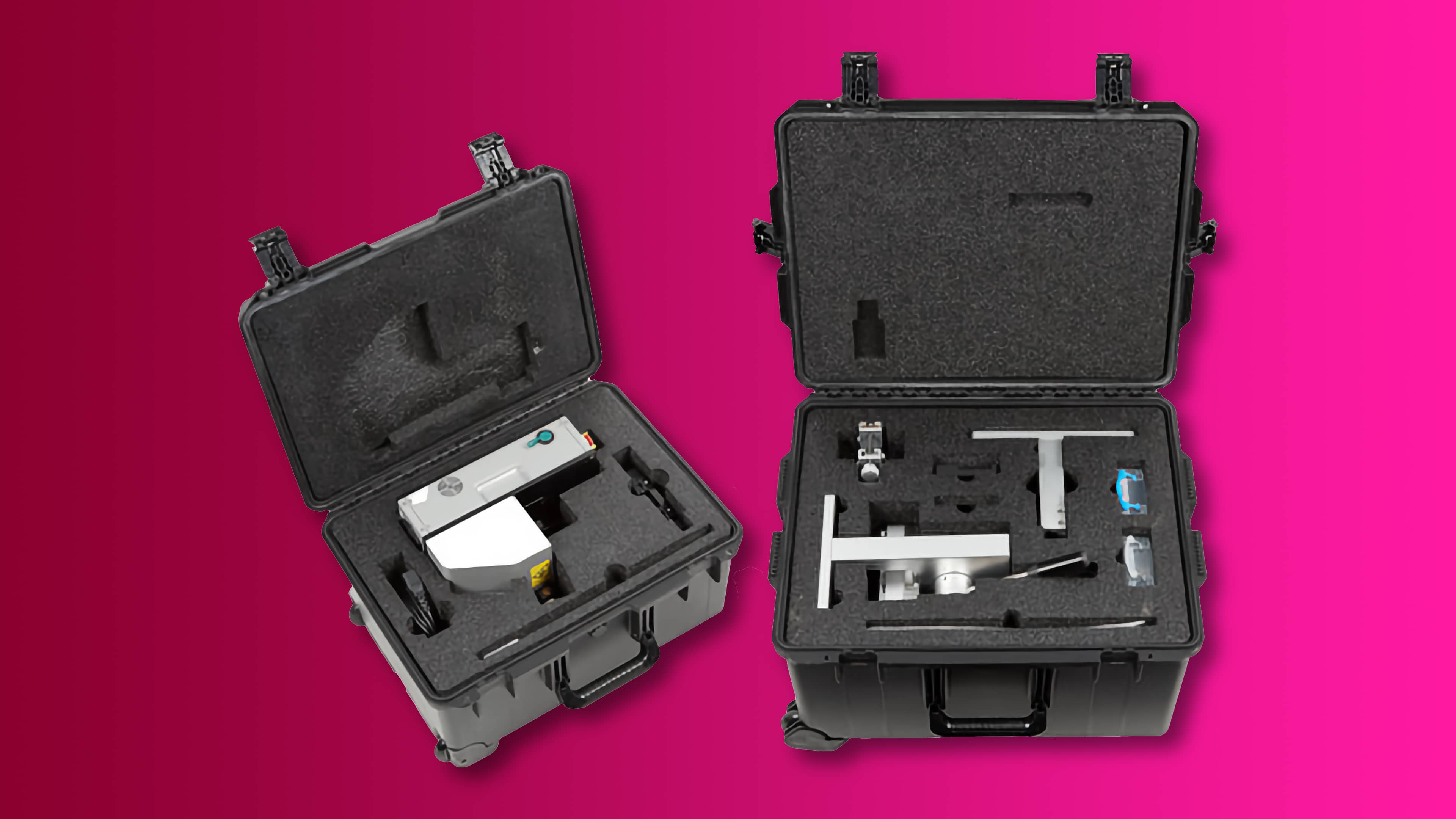The biggest concern about Apple’s new Self Service Repair program has to do with a serial number check during the checkout process.

- Every iPhone part purchased from Apple’s newly-launched Self Service Repair Store is tied to your device’s IMEI, with the chief concern being that this could give Apple more power over individual repairs in the future.
- Requiring a device’s serial number when buying genuine parts from Apple means those parts are paired with the same device. You cannot purchase genuine parts without a serial number or IMEI.
- Enabling only serial number-authorized repairs “sets Apple up as the gateway to approve—or deny—any repairs in the future, with parts from any source.”
Apple’s Self Service Repair program has a serial number check
Apple doesn’t hide the fact that genuine parts are paired with specific device serial numbers. “Your product serial number or IMEI is required for genuine Apple part purchases,” the iPhone maker spells it out in a support document.
Limited to the US, the newly-launched Self Service Repair program lets folks who’d repair their own devices buy genuine Apple parts for the iPhone SE, iPhone 12 and iPhone 13, including displays, batteries, cameras, speakers, Taptic Engines and other components. One of the biggest proponents of the Right to Repair movement, iFixit, which sells service tools and kits, has weighed in on Apple’s launch and what it means for the customers and the broader Right to Repair initiative.
There’s “a lot to be excited about” the fact that regular customers can now order special tools which used to be exclusively available to certified Apple technicians, iFixit’s Elizabeth Chamberlain writes in a blog post. But at the same time, as the saying goes, the devil’s in the detail.
The biggest problem with Apple’s service program
According to Chamberlain, the biggest concern with Apple’s initiative has to do with a serial number check at the checkout process and the pairing of the purchased part with the same device. The pairing process isn’t automatic. Apple says people will need to reach out to its support teams via chat or phone to start the pairing process.
The biggest problem? Apple is doubling down on their parts pairing strategy, enabling only very limited, serial number-authorized repairs. You cannot purchase key parts without a serial number or IMEI.
If you’re buying a genuine iPhone camera replacement from Apple, as an example, you’ll need to type in your iPhone’s or whatever device’s serial number that you wish to use that part for. So why not just get an aftermarket camera replacement instead? Well, you could but also think about iOS’ warning about non-genuine parts.
If you use an aftermarket part, there’s an “unable to verify” warning waiting for you. This strategy hamstrings third-party repair with feature loss and scare tactics and could dramatically limit options for recyclers and refurbishers, short-circuiting the circular economy.
This could give Apple more power over repairs
iFixit thinks the serial number check gives Apple more power than needed.
Integrating a serial number check into their checkout process is a dire omen and could allow Apple the power to block even more repairs in the future. Building the technology to provision individual repairs easily sets Apple up as the gateway to approve—or deny—any repairs in the future, with parts from any source.
Apple’s initiative, Chamberlain says, isn’t compatible with Right to Repair.
A true right to repair will give independent repair shops a chance to compete in the repair marketplace, bringing down the cost of repairs for everyone. Unfortunately, this program expands the freedom to repair with one hand, while locking the door with the other.
Free repair manuals
Chamberlain thinks that Apple making repair manuals available for everyone for free on its website is a great move, but warns in the same breath that these manuals are not meant for casual fixers. “The manuals are written with these heavy-duty tools in mind, even though it’s hard to imagine that most DIY fixers would want to go through the expense or hassle of acquiring this much equipment.”
The Self Repair Service program will extend to Apple silicon Mac notebooks later this year. The program is also coming to Europe, with expansions in other countries following in the future. Read: How to fix iPhone screen not responding to touch